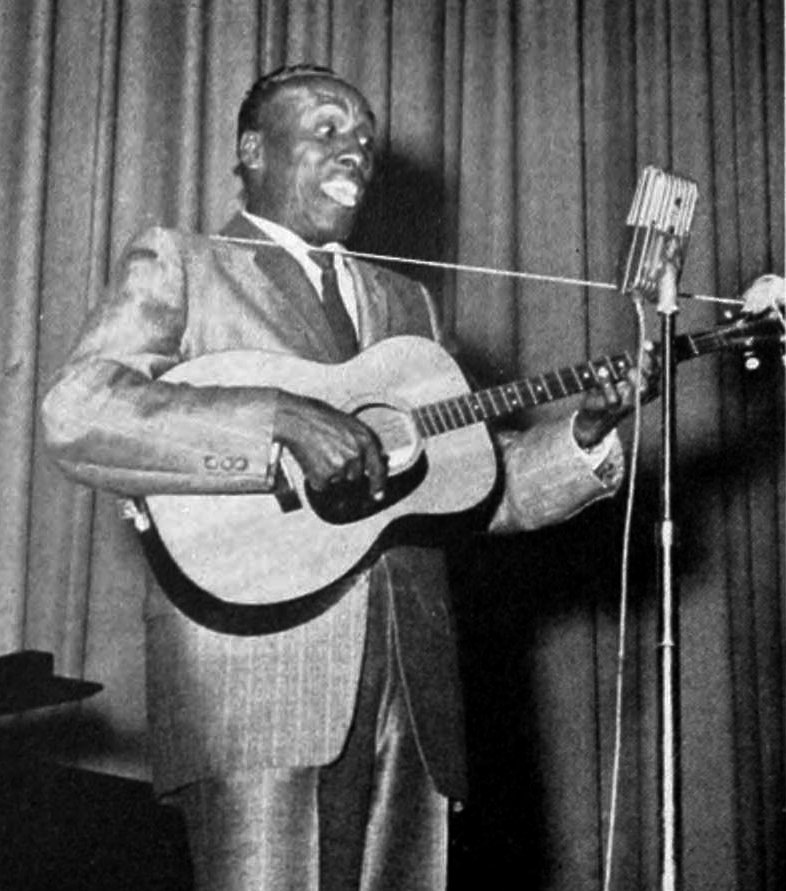Step into the whimsical world of “Hong Kong Phooey,” a classic animated television series that has captured the hearts of audiences since its debut in the 1970s. Known for its unique blend of humor, action, and a catchy theme song, this Hanna-Barbera creation is centered around a mild-mannered janitor who transforms into a kung fu-fighting hero.
Behind its colorful animation and comedic storyline lie a host of interesting facts that add depth to this beloved cartoon. “Hong Kong Phooey,” with its combination of superhero antics and lighthearted comedy, not only entertained a generation of viewers but also left a lasting impact on the landscape of animated television. In this article, we will delve into the fascinating details and trivia that make “Hong Kong Phooey” an unforgettable part of classic animation history.
Interesting Facts About Hong Kong Phooey

“Hong Kong Phooey” is remembered fondly for its unique blend of humor, action, and unforgettable characters. Here are ten interesting facts about the show:
- Debut and Run: “Hong Kong Phooey” first aired on September 7, 1974, and ran for one season, consisting of 16 episodes.
- Voice of Hong Kong Phooey: The character of Hong Kong Phooey was voiced by Scatman Crothers, a renowned actor and musician known for his distinctive scat singing style.
- Inspiration: The show was a humorous take on the martial arts craze of the 1970s, particularly inspired by the popularity of kung fu movies.
- Alter Ego: The protagonist, Penry Pooch, works as a mild-mannered janitor at a police station before transforming into the superhero Hong Kong Phooey.
- The Phooeymobile: Hong Kong Phooey’s vehicle, the Phooeymobile, could transform into different modes of transport, a concept similar to the Batmobile.
- Secret Base: Hong Kong Phooey’s secret base was located in a filing cabinet at the police station where Penry worked.
- Comedic Style: The show was known for its slapstick humor, with Hong Kong Phooey often bumbling through his adventures and inadvertently solving crimes.
- Animal Sidekick: Penry’s loyal cat, Spot, often helped him out of tough situations, though his assistance usually went unnoticed by Hong Kong Phooey.
- Crossover Appearances: Hong Kong Phooey has appeared in various other Hanna-Barbera productions and related media over the years, including cameos in other cartoons and comic books.
- Cult Following: Despite its short run, “Hong Kong Phooey” gained a cult following and is remembered as a classic piece of 1970s animation, often celebrated for its nostalgic value and unique character.
These facts highlight “Hong Kong Phooey” as a distinctive and beloved part of Hanna-Barbera’s animated legacy, showcasing the studio’s creativity and ability to tap into contemporary pop culture trends.
The Origins of Hong Kong Phooey and Character Creation

The creation of “Hong Kong Phooey,” a memorable chapter in animation history, is a story marked by creative vision and a knack for crafting enduring characters. Premiering in 1974, this Hanna-Barbera animated series introduced audiences to a unique and humorous take on the superhero genre.
Conceptualization and Development
“Hong Kong Phooey” was created during a time when martial arts films and shows were gaining immense popularity in the United States. This cultural trend, coupled with the enduring appeal of superhero narratives, inspired the show’s creators, Joe Ruby and Ken Spears, to develop a character who would comically blend these elements.
The central character, Penrod “Penry” Pooch, is a mild-mannered janitor who works at a police station. He transforms into the titular hero, Hong Kong Phooey, to fight crime, though his efforts are often more humorous than heroic. The idea was to create a character who, despite his best intentions, often ends up solving crimes through sheer luck or the unnoticed help of his loyal cat, Spot.
Character Design and Influences
The character design of Hong Kong Phooey was distinct and memorable, featuring a bright red robe and a mask that maintained his secret identity. The show’s animation style was typical of Hanna-Barbera’s productions of the era, characterized by bright colors and simplistic yet expressive character animations.
The voice of Hong Kong Phooey was famously provided by Scatman Crothers, an accomplished actor and musician. Crothers’ charismatic voice added a layer of charm and identity to the character, making him more relatable and endearing to the audience.
The supporting cast included characters like Sergeant Flint, Rosemary, the telephone operator, and the aforementioned Spot, the police station’s cat. Each character brought a unique dynamic to the show, adding to its humor and appeal.
Cultural Impact and Reception
“Hong Kong Phooey” tapped into the martial arts craze of the 1970s, cleverly satirizing the genre while paying homage to it. The show’s playful take on kung fu and crime-fighting resonated with viewers, particularly children.
The creation of “Hong Kong Phooey” is a testament to the imaginative storytelling of Hanna-Barbera and their ability to capture the zeitgeist in a lighthearted and family-friendly way. The series not only provided entertainment but also contributed to the rich tapestry of animated television in the 1970s, leaving a lasting impression that endures in popular culture.
Conclusion
“Hong Kong Phooey,” with its unique blend of martial arts action, slapstick comedy, and memorable characters, stands as a beloved classic in the annals of animated television. The show’s enduring appeal, despite its brief run, is a testament to the creative storytelling and character design that Hanna-Barbera was renowned for.
The series not only entertained a generation but also left a lasting impact and is remembered fondly for its humor, charm, and the nostalgic simplicity of Saturday morning cartoons. “Hong Kong Phooey” exemplifies how a well-crafted animated series can create lasting memories and continue to bring joy and laughter to audiences long after its original broadcast.

